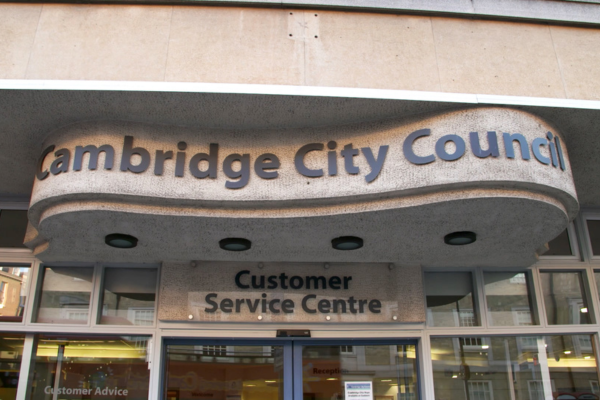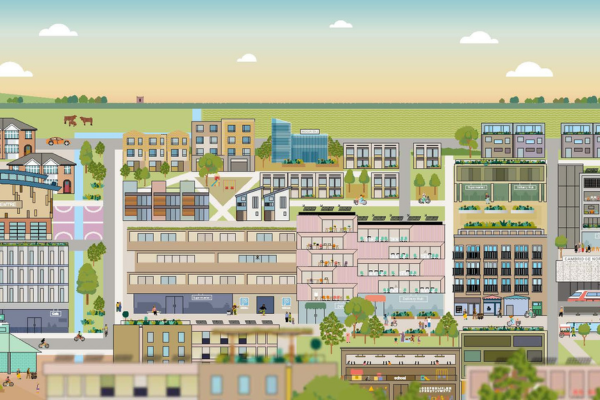Sustainable drainage systems are the preferred approach to managing rainfall from hard surfaces and can be used on any site.
There are many different sustainable drainage system features available to suit the constraints of a site. These include green roofs, and more natural features such as ponds, wetlands and shallow ditches called swales.
Hard engineered elements are often used in high density, commercial and industrial developments. These include permeable paving, canals, treatment channels, attenuation storage and soakaways.
The main purpose of sustainable drainage systems is to mimic the natural drainage of the site before development. This is achieved by capturing rainfall and allowing as much as possible to evaporate or soak into the ground close to where it fell. The rest is directed to the nearest watercourse to be released at the same rate and volumes as before development.
Benefits of sustainable drainage systems
Along the way to the nearest watercourse, any pollutants are reduced - including metals and hydrocarbons from roads and car parks. Water entering a local watercourse is cleaner as a result and does not harm wildlife habitats.
Sustainable drainage systems generally replace traditional underground piped systems that use grates or storm water drains at street level. This means any problems with the system are quicker and easier to identify than with a conventional system and are likely to be cheaper and more straightforward to rectify.
The systems will become increasingly important to control surface water if rainfall increases because of climate change. They can also provide other benefits in developments such as passive cooling, which will again help mitigate any increase in temperatures due to climate change.
Sustainable drainage design guide
To promote the use of sustainable drainage systems within Cambridge, the council has taken the decision to adopt them on public open space and produced the Cambridge Sustainable Drainage Design and Adoption Guide, which sets out our requirements.
Alternatively, the guide is available in bite-size sections:
- Introduction [PDF, 4MB]
- The landscape vision for Suds [PDF, 1MB]
- Legislation and guide [PDF, 0.3MB]
- Principles of adoption [PDF, 0.9MB]
- Ponds and wetlands [PDF, 6MB]
- Retention and infiltration basins [PDF, 6.5MB]
- Swales and filter strips [PDF, 3.5MB]
- Filter drains [PDF, 1MB]
- Canals, rills and other channel systems [PDF, 0.9MB]
- Suds features in private ownership [PDF, 0.6MB]
- Inlets, outlets and controls [PDF, 3MB]
- Waste management and other environmental issues [PDF, 0.4MB]
- Adoption requirements [PDF, 0.9MB]
- Appendices, including: [PDF, 2MB]
- Appendix A: Example of maintenance costs
- Appendix B: Detailed breakdown of maintenance costs, including annual costs
- Appendix C: Example of how to integrate Suds into a development
- Appendix D: Cambridge adoption checklist
- Appendix E: Glossary



